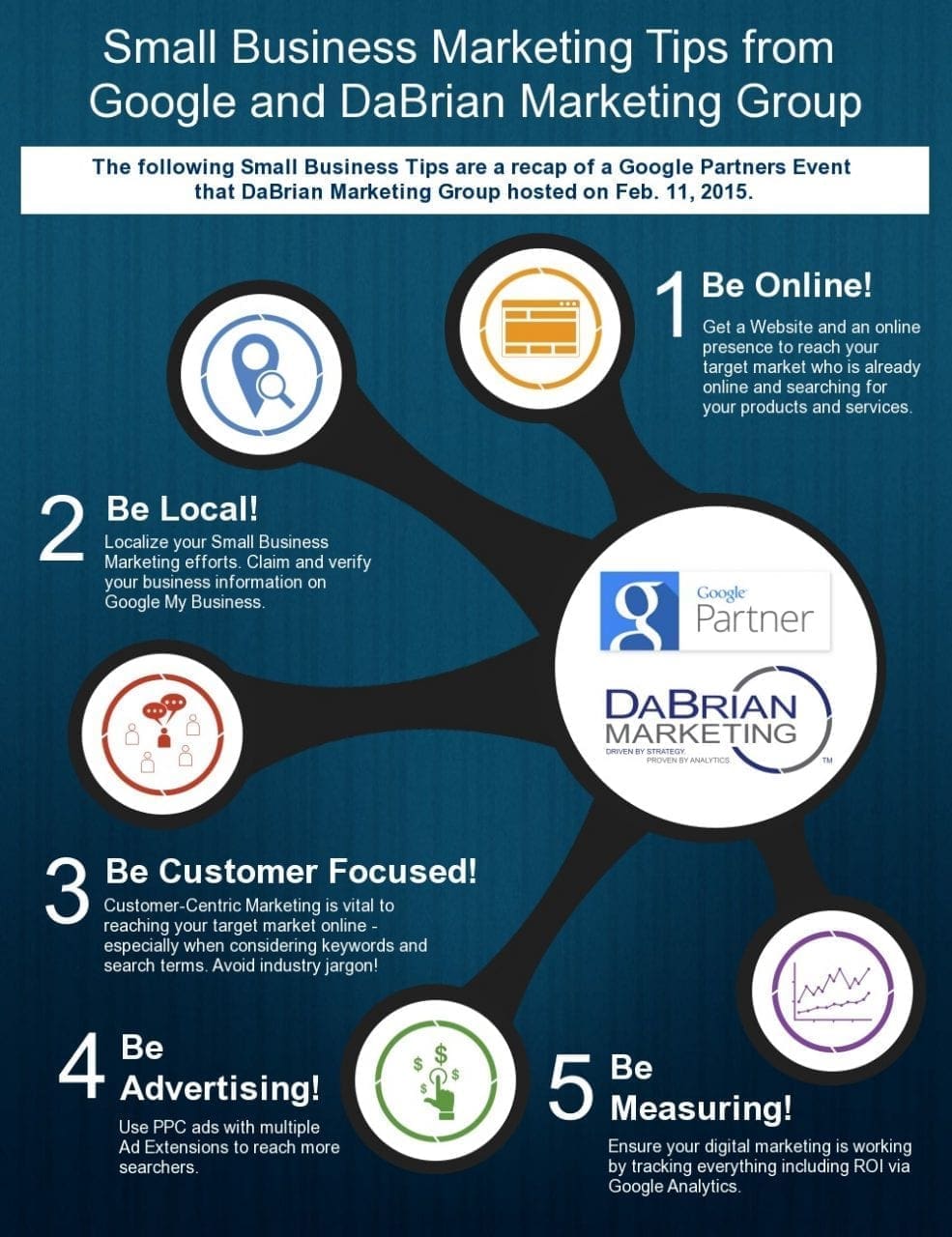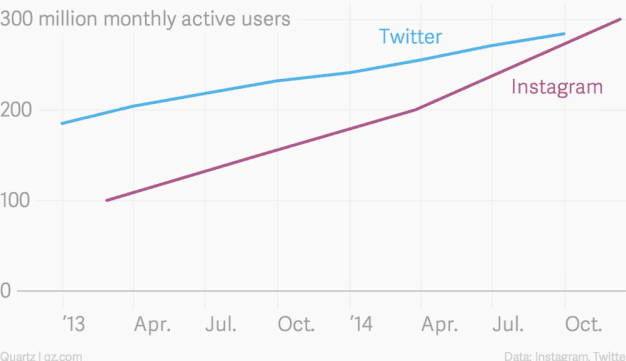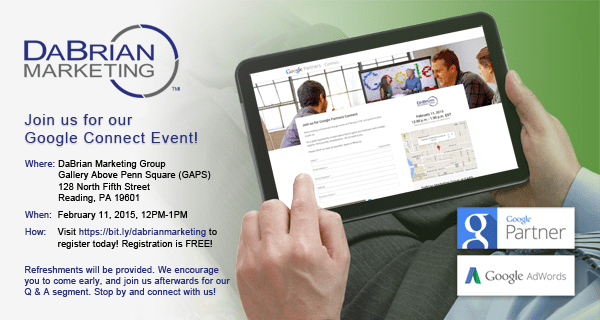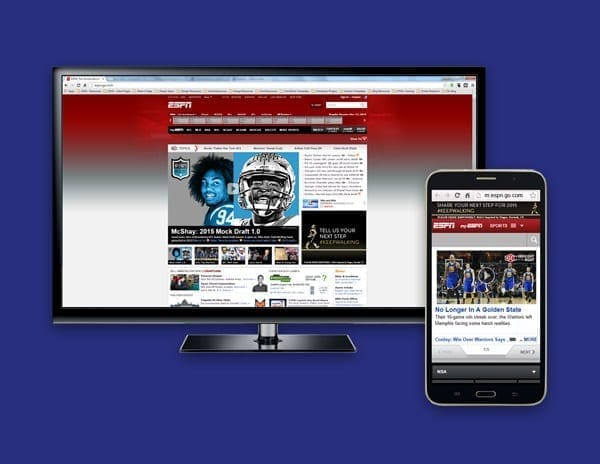Small Business Marketing
Earlier in February, DaBrian Marketing Group hosted a Google Partners Event that showcased the capabilities of Google AdWords and online marketing. The infographic summarizes the top 5 small business online marketing tips to leverage Google to improve your business’ online presence and marketing efforts. Any questions and comments should be directed to DaBrian Marketing Group, and if you are interested the full Google presentation is available on YouTube.






